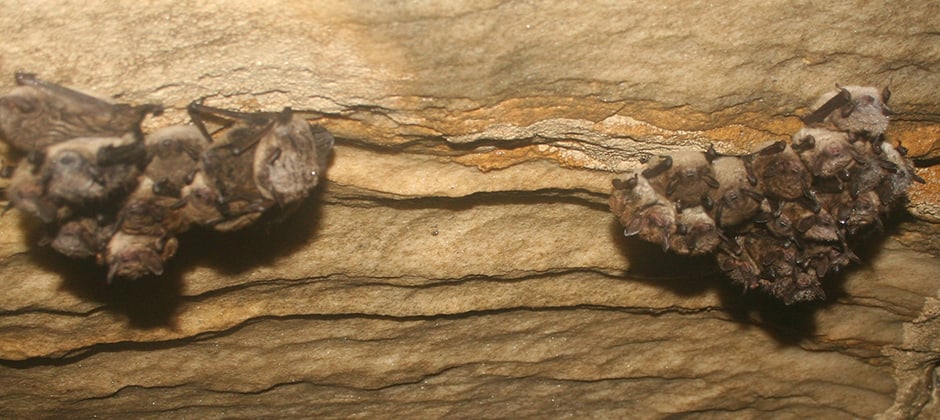Share this article
Hundreds of ‘new’ mammals hiding in plain sight
At least hundreds of so-far unidentified species of mammals are hiding in plain sight around the world, a new study suggests. Writing in the Proceedings of the National Academy of Sciences, researchers found that most of these hidden mammals are small bodied, many of them bats, rodents, shrews, and moles. These unknown mammals are hidden in plain sight partly because most are small and look so much like known animals that biologists have not been able to recognize they are actually a different species, said study co-author Bryan Carstens, a professor of evolution, ecology and organismal biology at The Ohio State University.
“Small, subtle differences in appearance are harder to notice when you’re looking at a tiny animal that weighs 10 grams than when you’re looking at something that is human-sized,” Carstens said. “You can’t tell they are different species unless you do a genetic analysis.”
The team, led by Ohio State graduate student Danielle Parsons, used a supercomputer and machine-learning techniques to analyze millions of publicly available gene sequences from 4,310 mammal species, as well as data on where the animals live, their environment, life history and other relevant information. This allowed them to build a predictive model to identify the taxa of mammals that are likely to contain hidden species. Results showed unidentified species are most likely to be found in the families of small-bodied animals, such as bats and rodents. Some are likely in tropical rainforests, which are rich and hard to explore, but others are in North America. The lab’s past research suggested that little brown bats are actually five different species.
Header Image: Researchers believe little brown bats may actually be multiple species. Credit: Keith Shannon/USFWS








